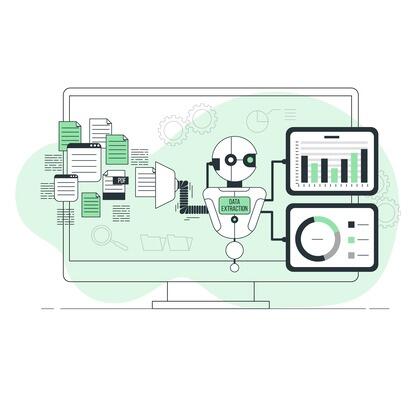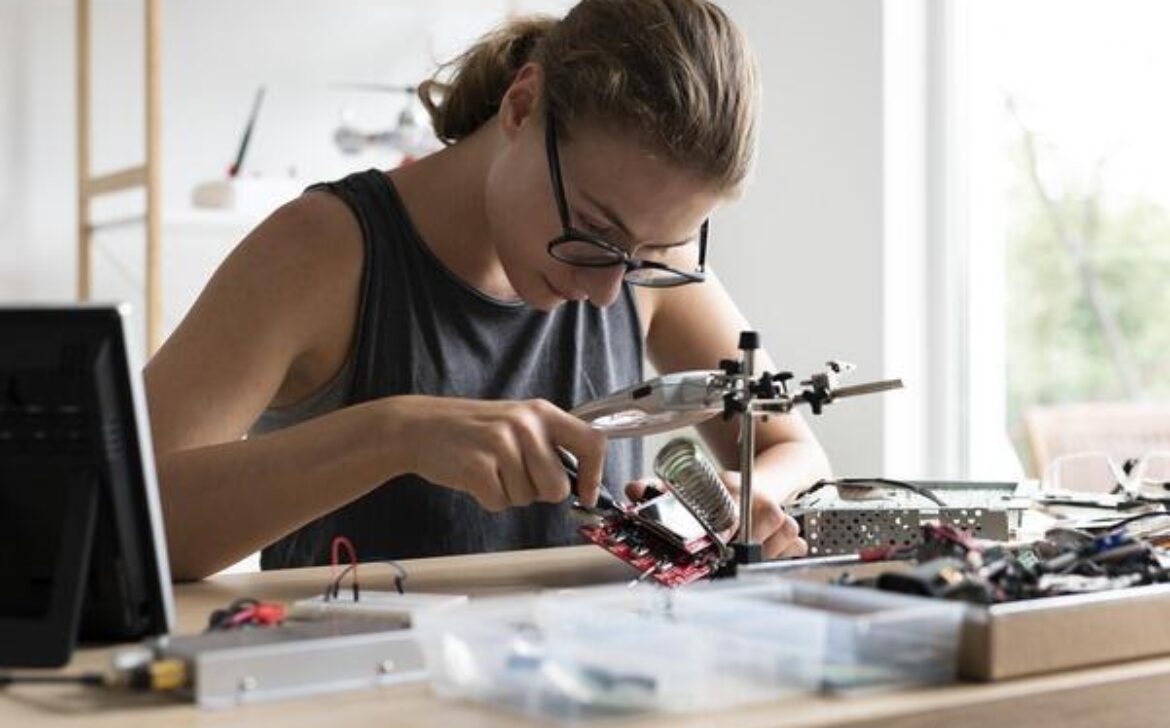7 Incredible Ways Robotics Is Revolutionizing the World!
Robots have become an integral part of our lives, transforming the way we work, live, and interact with the world. These incredible machines are revolutionizing various aspects of society, ranging from automation and efficiency to healthcare advancements, exploration and research, education and learning, safety and security, and assistance and support. In this article, we will explore seven incredible ways robotics is revolutionizing the world and shaping the future. In a nutshell, robotics refers to the design, development, and application of robots that can perform tasks autonomously or with minimal human intervention. These robots can be physical machines, virtual entities, or a combination of both. With advancements in technology, robotics has made tremendous strides, leading to significant breakthroughs and transforming industries across the globe. One of the primary ways robotics is revolutionizing the world is through automation and efficiency. Robots are increasingly being used in manufacturing processes to streamline operations, increase productivity, and reduce errors. From assembly lines to complex machinery, robots can perform tasks with precision and speed, leading to higher production rates and improved product quality. Moreover, robotics has optimized logistics and supply chain management. Autonomous robots can efficiently navigate warehouses, picking and packing products with great accuracy. They can also track inventory, reducing human error and ensuring seamless operations. By automating repetitive and mundane tasks, robots free up human workers to focus on more complex and creative aspects of their jobs. In the field of healthcare, robotics has made remarkable advancements, revolutionizing the way medical procedures are performed and improving patient outcomes. Robotic surgery, for instance, allows surgeons to perform intricate procedures with enhanced precision, smaller incisions, and reduced recovery times. These robotic systems provide greater dexterity and control, enabling surgeons to operate with unparalleled accuracy. Furthermore, robotics plays a vital role in rehabilitation and physical therapy. Robotic exoskeletons and prosthetics help individuals with mobility impairments regain movement and independence. These devices provide support and assistance, enabling patients to undergo targeted therapy and regain strength and motor function. Additionally, robots are assisting in elderly care and improving the quality of life for the aging population. Social robots provide companionship and support, reducing feelings of loneliness and isolation. They can remind individuals to take medication, engage in physical activity, and maintain a healthy lifestyle. These robotic companions are transforming elderly care by promoting mental well-being and enhancing overall happiness. Robotics has opened new frontiers in exploration and research, allowing us to delve into environments that are inaccessible or hazardous for humans. In the realm of space exploration, robots like rovers and landers are sent to distant planets and moons, collecting data, conducting experiments, and expanding our understanding of the universe. These robots act as our eyes and hands, exploring extraterrestrial landscapes and transmitting valuable information back to Earth. Similarly, underwater robotics has revolutionized deep-sea exploration. Autonomous underwater vehicles (AUVs) equipped with sensors and cameras can navigate the depths of the oceans, collecting data on marine life, underwater ecosystems, and geological formations. These robots contribute to our knowledge of the world’s oceans, aiding in conservation efforts and understanding climate change’s impact on aquatic environments. Furthermore, robotics plays a crucial role in environmental monitoring and conservation. Drones equipped with high-resolution cameras and sensors can monitor wildlife populations, detect deforestation, and assess the health of ecosystems. These robotic devices provide valuable data to researchers and conservationists, enabling informed decision-making and promoting sustainable practices.
Robotics is not just about machines; it’s about empowering humans to achieve more, explore new frontiers, and shape a better future.
– Helen Greiner The integration of robotics in education has transformed the way students learn and develop essential skills. In classrooms, robotics provides a hands-on approach to learning STEM subjects (Science, Technology, Engineering, and Mathematics). Students can design, program, and interact with robots, fostering creativity, problem-solving skills, and critical thinking abilities. Robots also serve as engaging educational tools, making complex concepts more accessible and relatable. They encourage active participation, collaboration, and experimentation, allowing students to explore and apply theoretical knowledge in practical scenarios. By incorporating robotics into the curriculum, educators can cultivate a generation of learners well-equipped for the challenges of the future. Robotics plays a significant role in ensuring safety and security in various domains. Autonomous vehicles, for instance, have the potential to revolutionize transportation systems. Self-driving cars can improve road safety by reducing human errors, minimizing accidents caused by distractions or fatigue. These vehicles employ advanced sensors, machine learning algorithms, and real-time data analysis to navigate roads and interact with other vehicles and pedestrians. In terms of security, robots are employed for surveillance and monitoring purposes. Drones equipped with cameras and sensors can monitor large areas, such as public spaces, borders, or industrial facilities, providing real-time surveillance and detecting potential threats. Additionally, robots are utilized in disaster response and search-and-rescue operations, where they can access hazardous environments and assist in locating survivors or assessing damage. Robots are increasingly being utilized to provide assistance and support in various contexts. Personal and home robots are becoming more prevalent, assisting with household chores, such as cleaning, cooking, and gardening. These robots reduce the burden of daily tasks and provide convenience and comfort to individuals and families. Moreover, virtual assistants and chatbots powered by artificial intelligence (AI) are transforming customer service and support. These intelligent systems can answer inquiries, provide information, and assist with problem-solving, enhancing user experience and efficiency. They offer round-the-clock support, ensuring that customers receive timely assistance and personalized service. The world of robotics is expanding at an unprecedented pace, bringing about remarkable advancements and transforming multiple sectors. From automation and efficiency to healthcare, exploration, education, safety, and assistance, robots are revolutionizing the way we live and interact with our environment. As robotics continues to evolve, we can expect even greater breakthroughs and a future where these incredible machines become an integral part of our daily lives. Introduction
Automation and Efficiency
Healthcare Advancements



Exploration and Research
Education and Learning
Safety and Security
Assistance and Support
Conclusion


